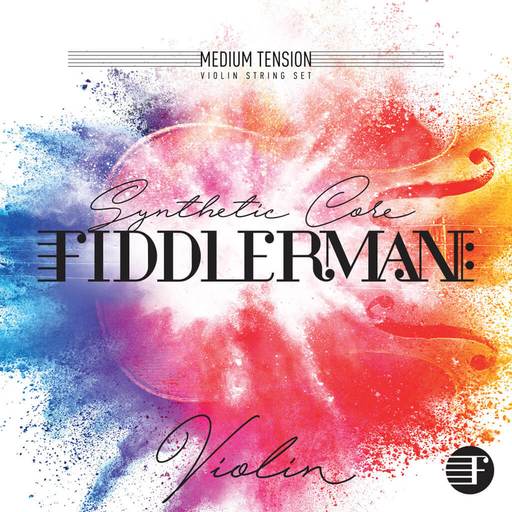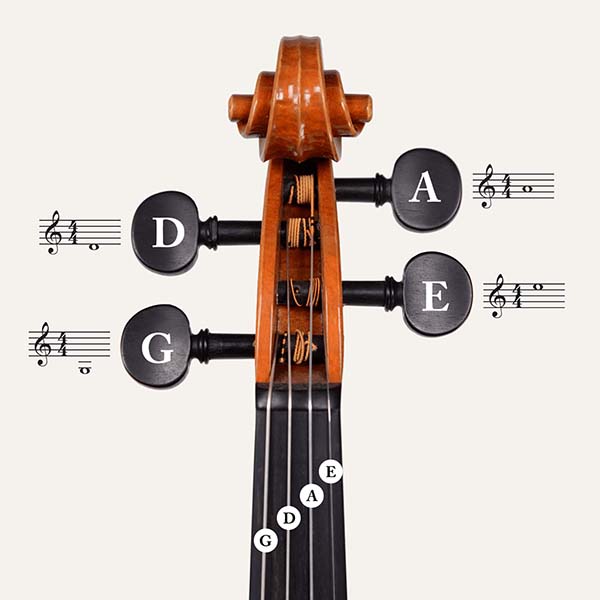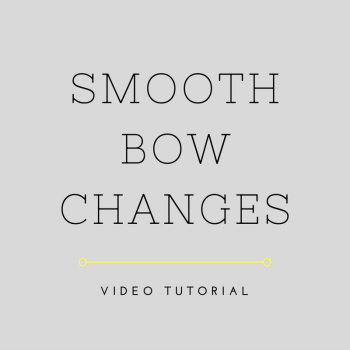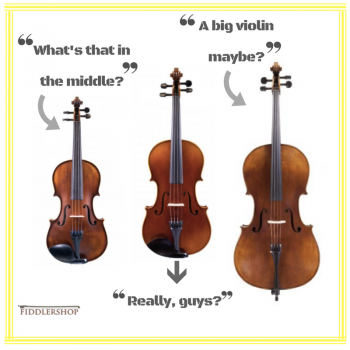A smooth bow change separates a novice violinist from an advanced or professional player. It's what gives the music a singing quality, musicality, and character, especially in slow, lush pieces or tunes.
It takes practice. You'll need a body free from most tension, relaxed fingers, and a nice bow hold. Some of us may find ways to cheat our way through a bow change such as playing super soft just before and after the bow change. However, this also disrupts the flow of the music.
We need to think of the bow as a paint brush. When an excellent painter moves the brush along the walls in fluid and flexible motions, even an inexperienced or clueless person will tell the difference between a beautiful paint job and one with many imperfections.
Fiddlerman takes us through three ways to start laying the foundation for achieving smoother bow changes.
- Bow Grip
- Finger Flexibility
- Leading with the elbow
Watch Fiddlerman's demonstration.





